Last Updated on October 10, 2022
Ever visit a gas station, calculate the fuel economy for your vehicle and notice it’s a bit lower than what the EPA said it should be? Wondering why your car is burning gas so fast?
As cars age, there are many factors that may lead to high fuel consumption. Read on to learn what they are and what you can do to increase your MPG to normal levels.
Related: How Much Gas Does Idling Use?
15 Reasons for Poor Gas Mileage
#1 – Carbon Buildup
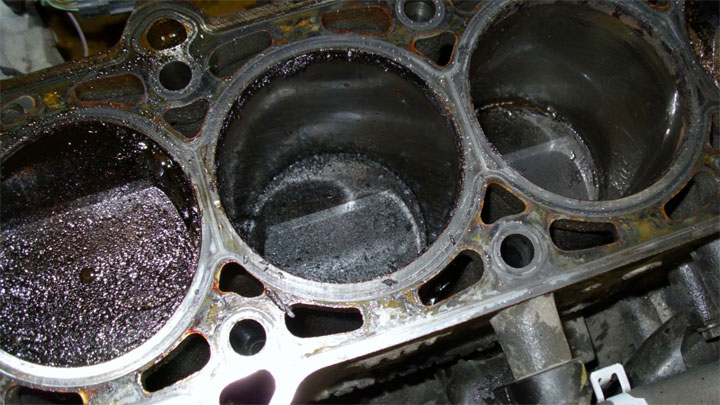
As your vehicle ages, carbon builds up on valves, pistons, injectors, and cylinder walls. A little carbon buildup is completely normal, but sometimes too much carbon builds up on critical areas.
This may affect the ability of the valves to seat properly or pistons to seal against the cylinder walls. This in turn reduces compression, which reduces efficiency and therefore fuel economy.
This phenomenon tends to be more prominent in direct injected vehicles. Direct injection injects fuel directly into the cylinder, whereas port injection injects fuel before the intake valve. Since gasoline is a solvent, it ends up washing the intake valves in a port injected vehicle, drastically reducing carbon buildup.
Carbon buildup can be removed via a good fuel system cleaner such as Sea Foam or walnut blasting.
#2 – Worn Piston Rings
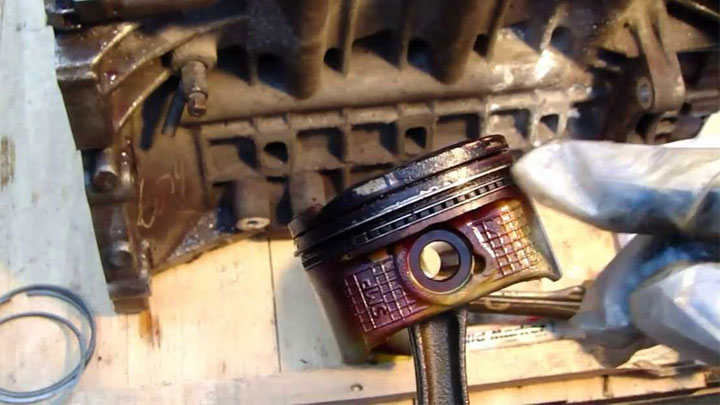
As a vehicle ages, the piston rings can wear out so they don’t seal as well against the cylinder wall. This reduces compression, which also reduces fuel economy.
Wear on piston rings or cylinder walls is accelerated when the incorrect oil is used, oil is not changed at the appropriate interval, or oil is allowed to run low.
Constantly lugging your engine could also cause this issue over time. Since most oil pumps are positive displacement (driven off the crankshaft), if you ask for a high load at low RPM the oil pump will run at a lower pressure, which sends less oil to critical parts of the vehicle.
The solution is simple – downshift before stepping on the gas and let the clutch out slower (if you drive a manual transmission).
#3 – Having a Lead Foot

As fun as it may be, gunning it and stepping on the gas is terrible for fuel economy. Many cars yield single digit fuel economy at wide open throttle.
This is by design. When you step on the gas, the throttle plate opens, allowing more air to enter the combustion chamber. The car’s Engine Control Unit (ECU) must respond by injecting more fuel to maintain the proper air fuel ratio.
This phenomenon is further exacerbated by the fact that most vehicles, especially turbocharged ones, run a bit richer than is necessary in high load situations. The additional fuel cools the cylinders and prevents knock.
Knock (or predetonation) is fuel that ignites before the spark plug has fired, and has the potential to annihilate an engine if it occurs under high load.
The obvious solution is to take it easy on the gas pedal. It doesn’t mean you have to drive like grandma. Simply accelerate gradually and don’t mash the gas pedal whenever the opportunity presents itself.
#4 – Tailgating Other Drivers

Failing to maintain a safe following distance will quickly cause poor gas mileage. When you tailgate, you end up repeatedly hitting the brakes and accelerating vigorously to keep from rear ending the person in front of you, while remaining right on their tail.
Plus, it creates waves in traffic that will slow and anger other drivers. If you remain calm in traffic and increase your following distance, you will see a noticeable and respectable increase in fuel economy.
#5 – Cold Weather

When it’s cold outside, it takes longer for your vehicle to reach normal operating temperature. Oil is more viscous at colder temperatures, which reduces efficiency. You will notice this effect the most on very short trips.
Cold air is more dense than warm air, so the vehicle requires more fuel to maintain the proper air-fuel ratio. Additionally, the additive mix in gasoline is different in the winter than it is in the summer. Winter fuel contains slightly less energy per gallon.
Other than moving to a warmer climate or keeping your car garaged for the winter, there’s not much you can do to avoid the natural reduction in fuel economy during colder months.
#6 – Using a Lower Octane Fuel Than Recommended
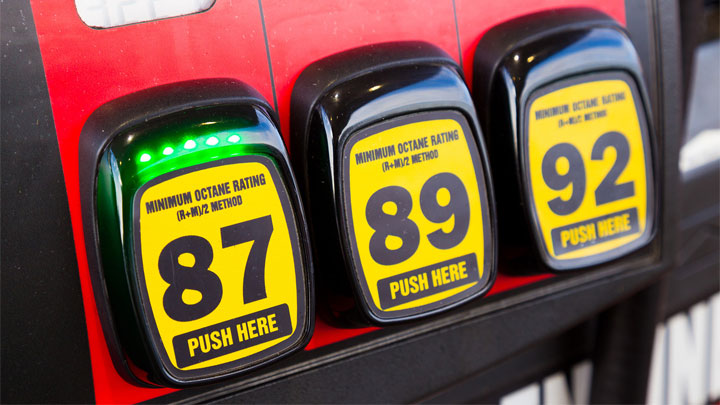
Octane rating describes a fuel’s ability to resist combustion under pressure. The higher the octane rating, the more resistant to knock.
Some vehicles allow the owner to choose between regular (around 87 octane), mid-grade (around 89 octane), or premium (91 to 93 octane) gasoline. Many of these vehicles recommend the use of premium.
When a lower grade than premium is used on these vehicles, the ECU must respond by retarding ignition timing (also known as pulling or dialing back timing).
This means the spark plug fires later in the compression stroke than it normally would, closer to the cylinder’s top dead center (TDC). Once the regular fuel is used up and you fill back up with premium gas, the ignition timing will advance again.
So the best thing to do is to use whatever octane of fuel is recommended by the car manufacturer.
Note: If your owner’s manual says the vehicle requires regular gasoline, running premium will not increase fuel economy in most cases. The vehicle must be specifically programmed to take advantage of the higher octane rating.
#7 – Low Tire Pressure
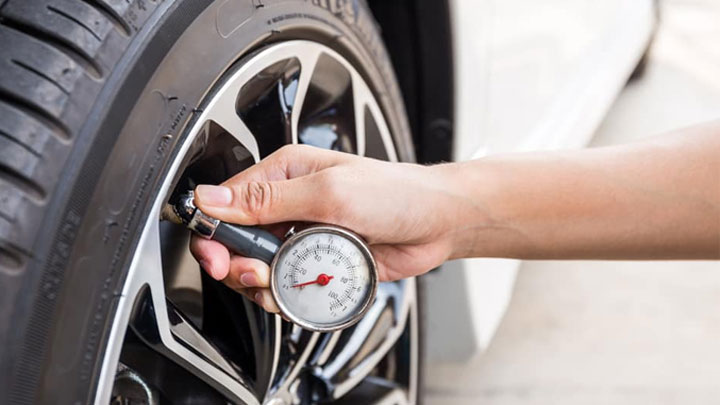
Low tire pressure increases rolling resistance in the tire, which requires more energy from the vehicle to maintain a given speed and reduces MPG. Many newer vehicles incorporate tire pressure sensors for monitoring.
Unfortunately, they only warn you of a low tire pressure when it gets to a low enough point. You may still be running 5 PSI too low and not even know about it.
Check your tire pressures regularly using a good tire pressure gauge (like the Accutire) to ensure they are set to the factory recommended value. Most vehicles will have a sticker on the driver’s side door jamb that will state the recommended cold tire pressure for the front and rear tires.
#8 – Bad Alignment
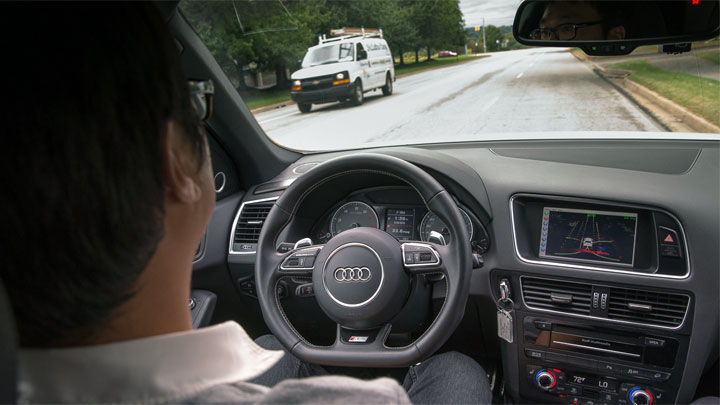
Ever hit a big pothole then notice it takes more effort to keep the car pointed in a straight line? You’ll likely feel this increased effort at the pump, too.
When your vehicle is out of alignment, it takes more effort to travel in the intended direction because you end up fighting the resistance of a tire that’s not quite lined up with your steering wheel. Your tires might not even be lined up with each other!
Getting the car realigned at a trusted shop is an easy fix for this issue, and will generally make the vehicle safer overall.
#9 – Using Thicker Oil
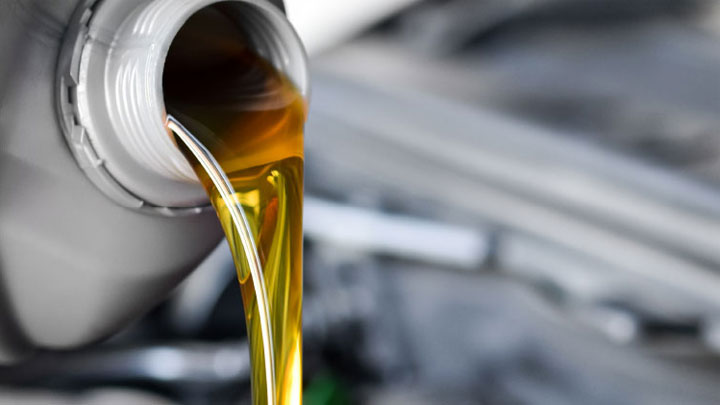
Some people swear by using thicker oil on old cars to prevent leaks or reduce lifter noise, though this is not a recommended strategy.
Thicker oil causes more resistance in the internal components of the engine, reducing fuel economy. In general, it is always best to use the oil recommended in the owner’s manual.
#10 – Overfilled Oil Level
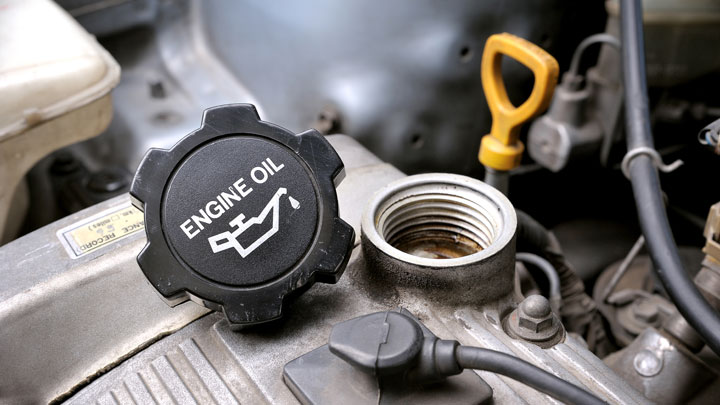
If you change your oil and end up overfilling it, the oil level in the crankcase might just be high enough to reach the crankshaft. If this happens, the crankshaft will end up fighting its way through a pool of oil, which is wasted effort you’ll notice at the fuel pump.
A simple solution to this is to purchase a fluid extractor and pull just enough oil from the dipstick hole so the level goes back down below the full mark on the dipstick.
Always keep the oil level between the full and empty lines on your dipstick, and consult your owner’s manual for vehicle specific information.
#11 – Bad Ignition Coils, Spark Plugs, or Wires
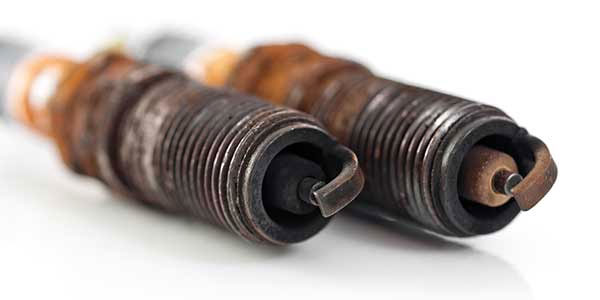
The ignition system is critical for complete and consistent combustion. If a spark plug, plug wire, or ignition coil starts to go bad, fuel in that cylinder may not combust on every cycle, causing a misfire.
Unburnt fuel can’t be used to propel the vehicle forward, which reduces fuel economy. If you notice your vehicle has started idling rough, stumbling, or hesitating, it may be time to check the ignition system.
#12 – Clogged or Bad Fuel Injector

Fuel injectors are responsible for injecting fuel in a very specific way at a very specific time. If you have a faulty fuel injector or something obstructs the injector, it may still spray fuel, but it will likely spray in a pattern it wasn’t designed for.
This affects the fuel’s ability to atomize and mix with air for a complete and consistent combustion, affecting fuel economy.
Sometimes injectors simply need to be cleaned, which will save you money over replacing each injector.
#13 – Incorrect Timing
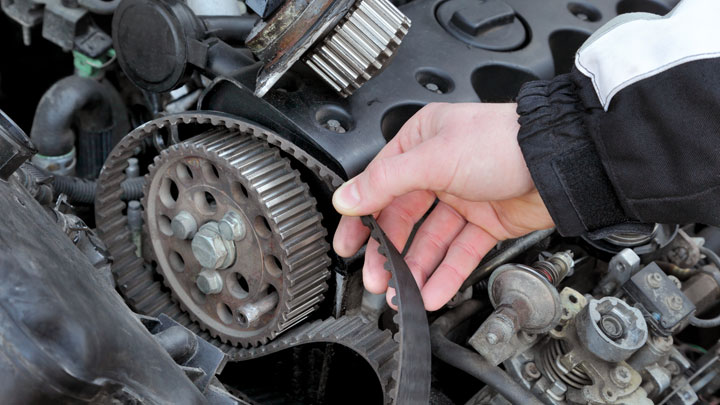
Have you ever attempted to change a timing belt and noticed the car ran rough afterward? If the timing belt isn’t installed correctly, the intake and exhaust values won’t open and close at the correct time with respect to the position of the crankshaft, causing unburnt fuel to exit the vehicle and a very rough running engine.
Always consult a professional if you do not feel comfortable tackling this job by yourself.
#14 – Bad O2 Sensor
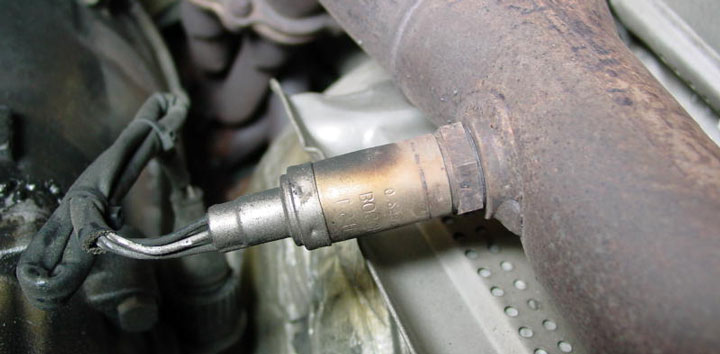
If you notice a check engine light related to the O2 sensor, don’t ignore it! Most vehicles will appear to run perfectly fine with a bad O2 sensor, but will inject much more fuel than is needed, wasting gas.
A new O2 sensor is a fairly cheap fix. Not only will it save you money at the pump, it’s better for the environment, too.
#15 – Old Engine Air Filter
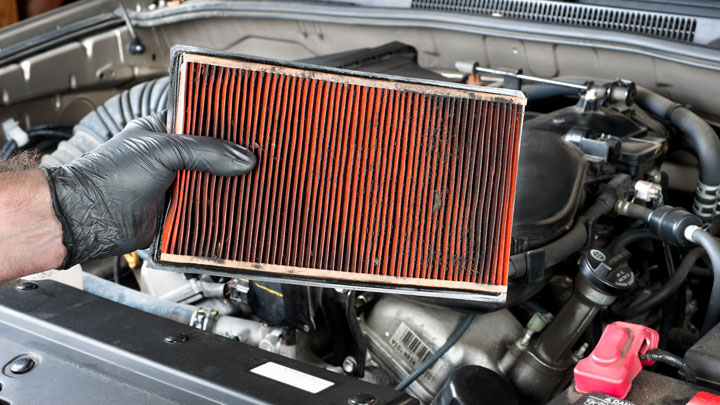
Can’t remember the last time you replaced your engine air filter? It may be time to throw it in the trash and buy a new one.
Clogged air filters restrict the amount of air that can enter the engine, which makes the engine work harder to travel the same speed.

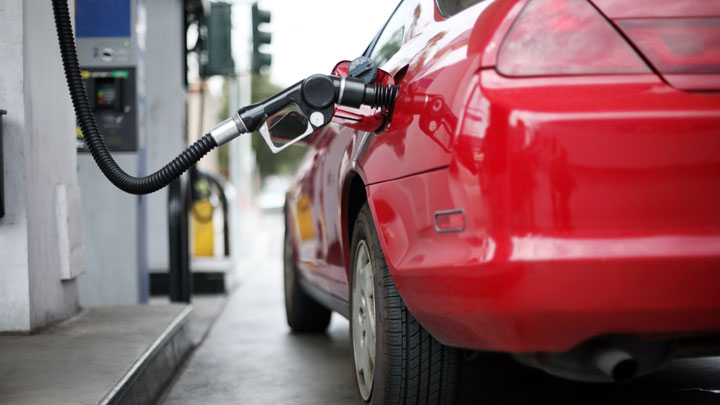


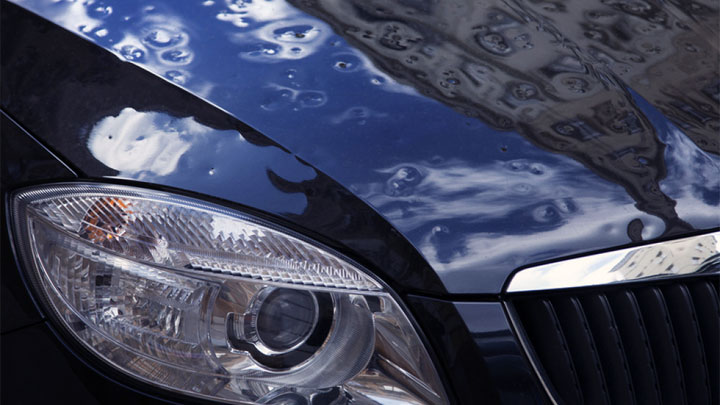
what is the cause of common rail fail on toyota hiace 7L 2011 diesel . It has fail twice